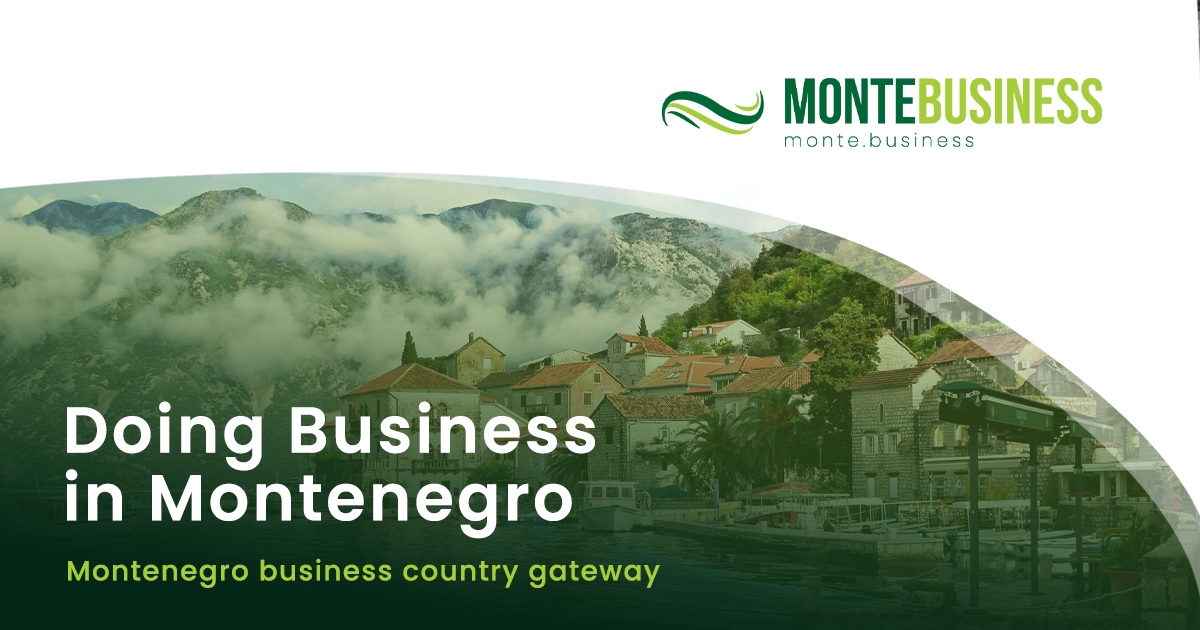In addition to the lack of planning documentation and deficient legal solutions, the process of legalization of illegally built buildings in Herceg Novi, which has been carried out since 2017, was hindered by hacker attacks on the Government’s website last year, so the ortho-photo recording is still not in operation.
The process of legalizing buildings began after the changes to the existing law in 2017, and Herceg Novi was among the first with over 5,000 submitted applications. However, during all this time, out of 5,000 submitted requests, only 40 buildings received a legalization decision.
According to the Secretary for Spatial Planning, Vladislav Velaš, this number of decisions, although extremely low, shows progress in the overall process, given that there is a lack of specific roof planning documentation for the legalization of a large number of buildings. He points out that a large number of citizens lead the process of legalization, and that in this context, almost 2,000 decisions on termination of the procedure were issued, which, as he believes, would certainly be legalized facilities, if there were different legal solutions or planning documentation.
Entire settlements without planning documentation
The lack of planning documentation is the main reason for suspending the procedures for requests.
The basic problem in Herceg Novi is the lack of planning documentation. As much as 50 percent of the territory is not covered by valid planning documentation and the changes in the law do not apply to those parts of the municipality.
Even entire settlements are without valid plans and all these settlements have to wait for the General Regulation Plan – he explained. Citizens for legalization should allocate five percent of funds in relation to the amount determined in legal construction and depends on the zone.
That percentage increase is determined by penalties, but again there are discounts, for example, 50 percent on basic housing facilities. It is important to send a message to the citizens to start legalization because otherwise they will have to pay annual rent for illegal buildings, which is much less favorable than the standard tax paid by legal buildings as well as those that are in the process of legalization – said Velaš.
Citizens have collected and submitted complete documentation for the procedures that are in abeyance, starting from the registration of the illegal object to the auditor’s report, and their patience and promptness are truly to be commended. If we had a different legal solution or valid planning documentation, they would all be legalized objects, but for now they are waiting for changes to the law, that is, the General Regulation Plan, said Velaš.
He explains that for 50% of the city’s territory that is not covered by the planning documentation, there is no possibility to legalize the buildings, that is, that at this moment, according to the valid law and the valid planning documentation, the entire procedure cannot be carried out to the end. Consequently, it is already known in advance that out of these 5,000 requests, 2,500 objects cannot be legalized. Velaš is convinced that in the end there will be a small number of buildings threatened with demolition, because they did not respond to legalization.
A plan is also necessary for ancillary facilities
Velaš explains that both auxiliary and other facilities must be built in accordance with the plan, because there are often overruns.
These are distances from neighboring buildings, regulation lines towards public areas, floor space. These are objects that exceed some of these parameters. If the owners had the possibilities in accordance with the plan, they would not have gone to the procedure of illegal construction – points out Velaš.
Those who built on infrastructure corridors have reason to fear and expect demolition. I believe that future legal solutions will go in the direction of legalizing as many facilities as possible, because that’s the only way we can move forward and that’s the only real solution – stated Velaš. He adds that in order for the object to enter the legalization procedure, it must be on the orthophoto from 2018.
It is a key document for legalization. Since August 2022, the official website containing the key document for legalization, the Orthophoto photograph, without which we cannot make new legalization decisions or new interruptions, has been blocked, because the existence of the object on this photograph is a prerequisite for conducting the legalization procedure. The key document has not been available for nine months – said Velaš.
He also points out that according to the current law and valid planning documentation, one percent of buildings have been legalized in the current procedure.
Sign up for business news updates & special reports.








